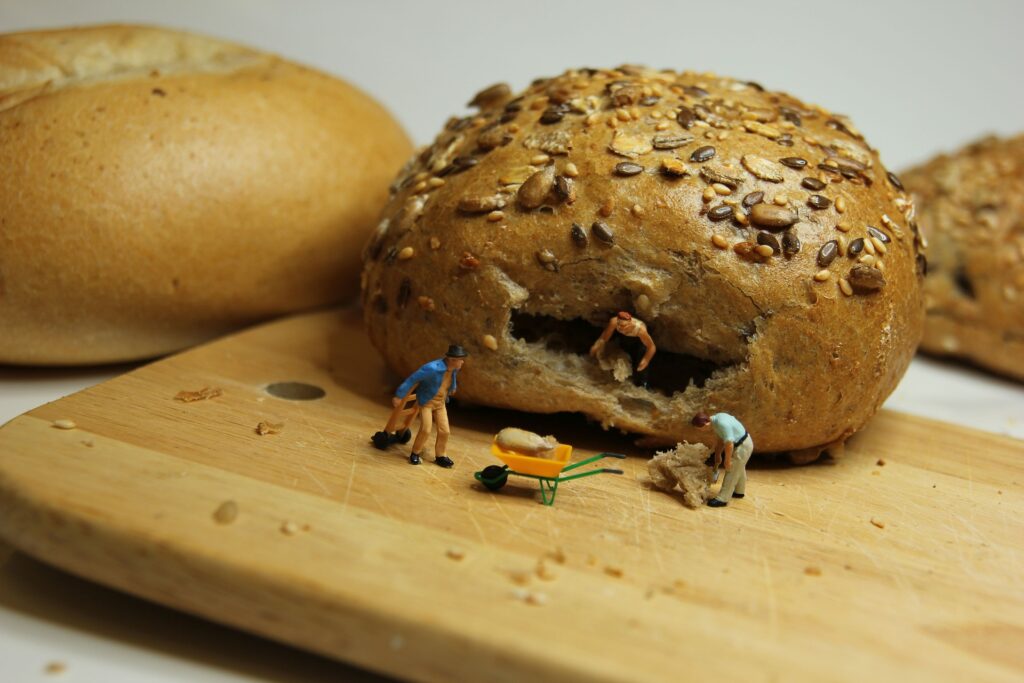Livestock
No Results Found
The page you requested could not be found. Try refining your search, or use the navigation above to locate the post.
No Results Found
The posts you requested could not be found. Try changing your module settings or create some new posts.
Curated Content From Around the Web
The Latest In Low Cost Herding Technology
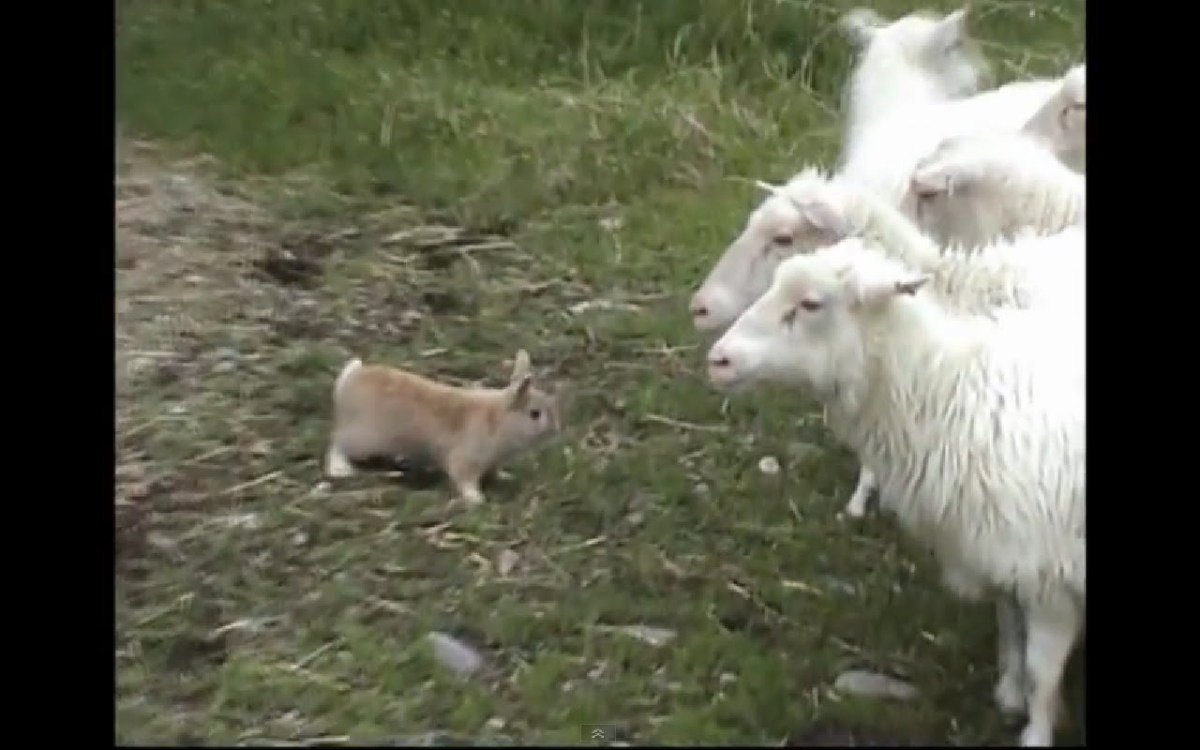
Greta Vigren, a Swedish farmer noticed that her 5-year-old pet rabbit, Champis, had a new talent when she let her sheep out to graze for their first time in pasture after a long winter. In her interview with the Huffington Post, Greta says, “He just started to behave like a sheepdog.” Her friend, Dan Westman, who breeds and trains sheepdogs, shot this video of the rabbit doing his job. He was amazed at what he saw saying “It’s really incredible. I mean I work with sheepdogs and know how hard this is. There are very few dogs that could do what this rabbit does.” Unfortunately, for those interested in their own herding rabbit, Vigren has no pointers on how to get started training a bunny to become a sheepdog. He picked up the tricks of the trade on his own, perhaps by watching the dogs. Relat
Read More
Read More
DEEP DIVE into our OFF GRID POWER SYSTEM, Solar Powered Portable Power Stations
Multi-species Grazing Management Part 1 – Saddle Horses Are Jerks
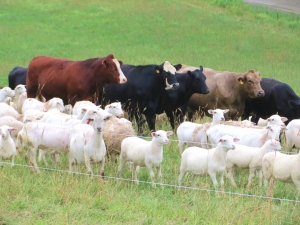
Tom Krawiec has been handling 2,000 to 3,000 head per year for close to 15 years. His MOBs can include saddle horses, cattle, sheep and even pigs. First off, let me assure you I do not hate horses. In fact, this article is not really about horses at all. It is about soil and grass. Horses, though, can really improve grass and soil even though the way they are currently managed does the opposite. It’s just that when horses are grazed in a group with cattle, sheep, and hogs (what I call a MOB), they have some peculiarities as does each species I have dealt with. There appears to be a hierarchy of species when they are combined. Saddle horses tend to have an air of aristocracy above all others. It’s not even all horses; just saddle horses. For some reason, being trained changes a horse’s perception of itself because…
Read More
Read More
Grazing Solutions From Your Fellow Graziers
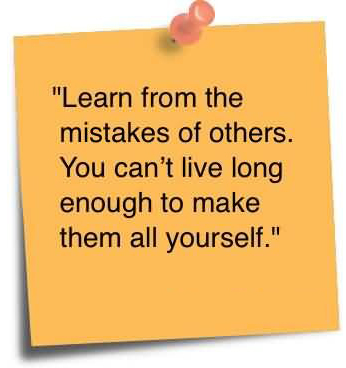
Here’s something my husband is probably tired of hearing: “Why don’t we google it or look it up on Youtube to see how someone else fixed it?” I just imagine I can’t be the only one with a particular problem, so the first thing I want to do is find someone like me who has already figured out a solution. Sometimes I find a variety of solutions, and I can pick and choose all or some of the different options to arrive at something that works for me. With that in mind, here’s an article collection full of ideas that you might find helpful for your operations. Linger grazing Don’t leave your pastures so quickly. Linger and learn. The Most Important Grazing Management Strategy to Date Conversations with graziers about what they’ve learned along the way Jenn Colby’s podcast “Choosing to Farm” is now in its fourth season. It’s a conversational…
Read More
Read More
Production Systems for Pasture-Finished Beef – Part 1
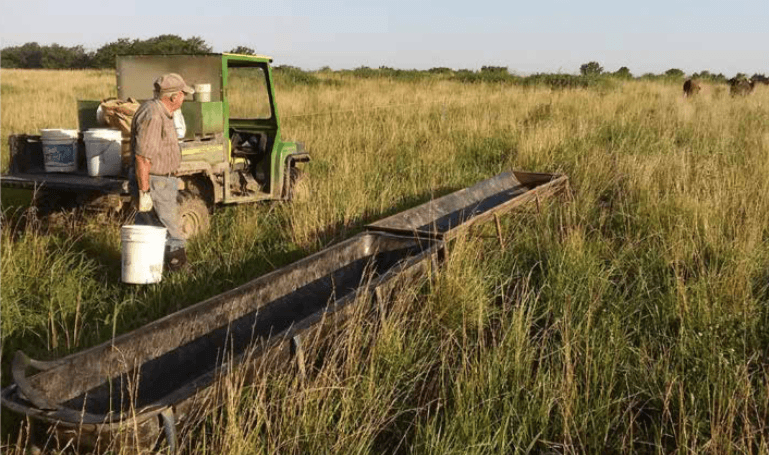
Thanks to lead author and editor Greg Halich, On Pasture will be sharing excerpts from this guide. You can also download your own free copy just by clicking here. Enjoy! As Greg Halich writes in his introduction to the Producer’s Guide to Pasture-Based Beef Finishing, “Bringing animals to a finishing weight on pasture in a reasonable time frame is no easy task, and requires a fundamental understanding of how beef cattle mature as well as understanding the capabilities and limitations of various forages.” In the first excerpt from the Guide, Greg provided solutions to one of the most common mistakes made – harvesting animals before they are actually finished. Last week, we added to our understanding of why grass finishing is especially difficult with research showing the two types of fat a cow’s body produces and how what it eats affects fat production. We learned that the marbling that provides…
Read More
Read More
Our Farm’s BVD Train Wreck
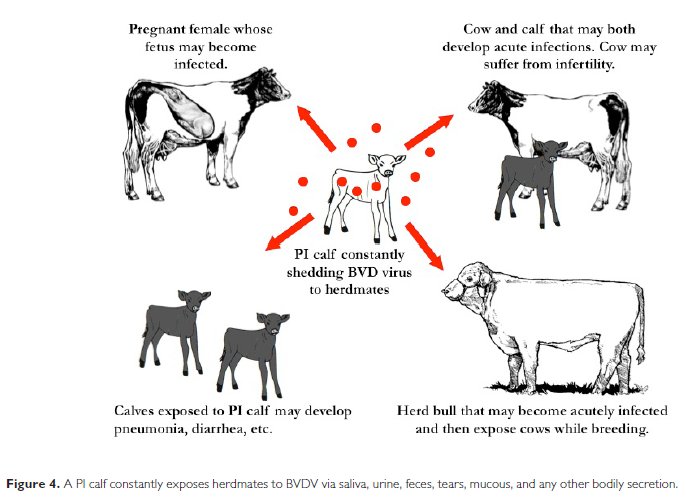
Bill and a colleague at Buck Run Farm with a few of his cattle. Thanks to Bill Elkins for this helpful article! In the summer of 2009 we had a wreck in our Angus cow-calf program (Buck Run Farm) in Southeast PA. Yearlings did not grow, heifers did not breed. It was hot alright, and we have plenty of toxic Tall Fescue. Summer slump was not new to us, but this was something else again. We were looking at 4-500 pound yearling weights and 200 pound weaning weights; about 100% below normal. Preg checks in early fall showed mostly open cows and confirmed imminent disaster. Our vet, Dr. Billy Smith, of the University of Pennsylvania Veterinary School, called for ear punch biopsies for the entire herd. He suspected Bovine Viral Diarrhea was the problem in spite of the fact that we had a rigorous vaccination program in place for many…
Read More
Read More
Cow Taxis – Take Advantage of Urban Pastures to Expand Your Operation
Hey! It’s fenced and everything. Something should be eating this grass! Maybe it’s the Zombie Apocalypse Prepper in me, but whenever I’m looking out the window as I’m driving someplace, whether it’s around town, or on a longer haul, what I see is pasture. It could be a park, or an empty lot, or open space on the edge of town, but to me it’s all forage, and a place that could be potentially grazed. Then I consider what it would take to put a cow, goat or sheep there and start figuring how much meat we might raise if we took advantage of these scattered parcels. So imagine my excitement when I ran across the Lubbers Family Farm’s “Cow Taxi Project” on the SARE (Sustainable Agriculture Research and Education) website. Here were folks who not only saw the forage, but figured out a way to use it to feed their dairy herd…
Read More
Read More
Moving my Wife and 7 Kids Into Our Off Grid Cabin in Alaska
How to Guide and Turn Cattle When Driving Them
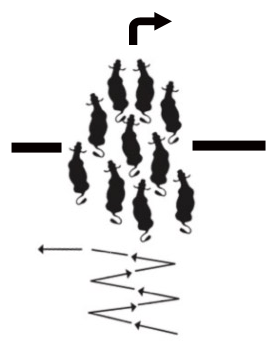
If there’s more than one handler— lets say two—and you’re driving a herd straight ahead and want to turn left, the person on the left backs off a little to release pressure while the person on the right continues to pressure, or pressures a little harder depending on how fast or sharp a turn you need to make. This works for the same reason shown above: The faster moving right side of the herd bends around the slower moving left side. A third way to turn a herd from the rear is to walk or ride straight out to the side at a 90° angle to the direction of travel. This applies enough pressure on the lead animals to turn them in the opposite direction. Who would ever guess that riding away from animals will turn them in the opposite direction from you. It took the genius of Bud Williams…
Read More
Read More

